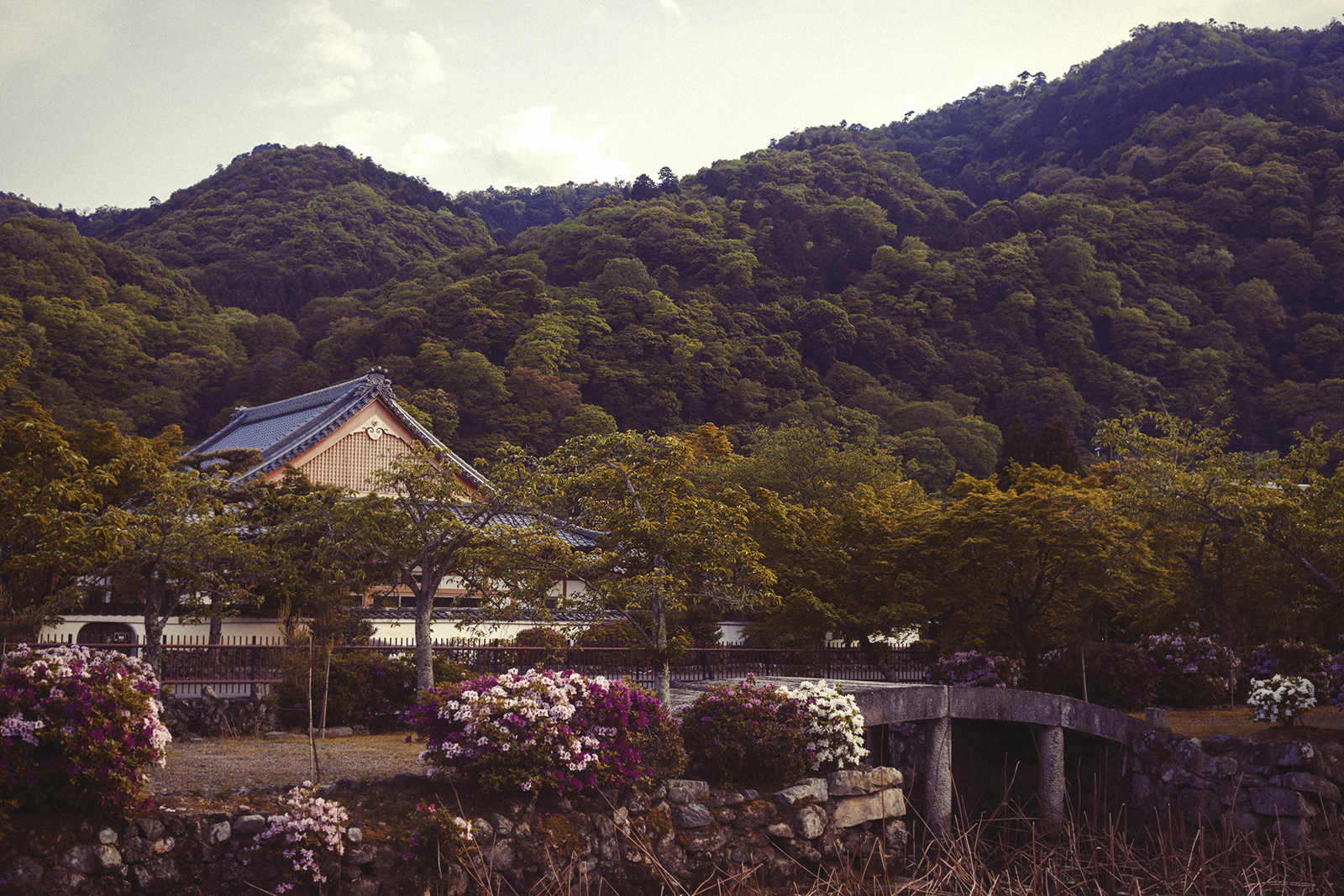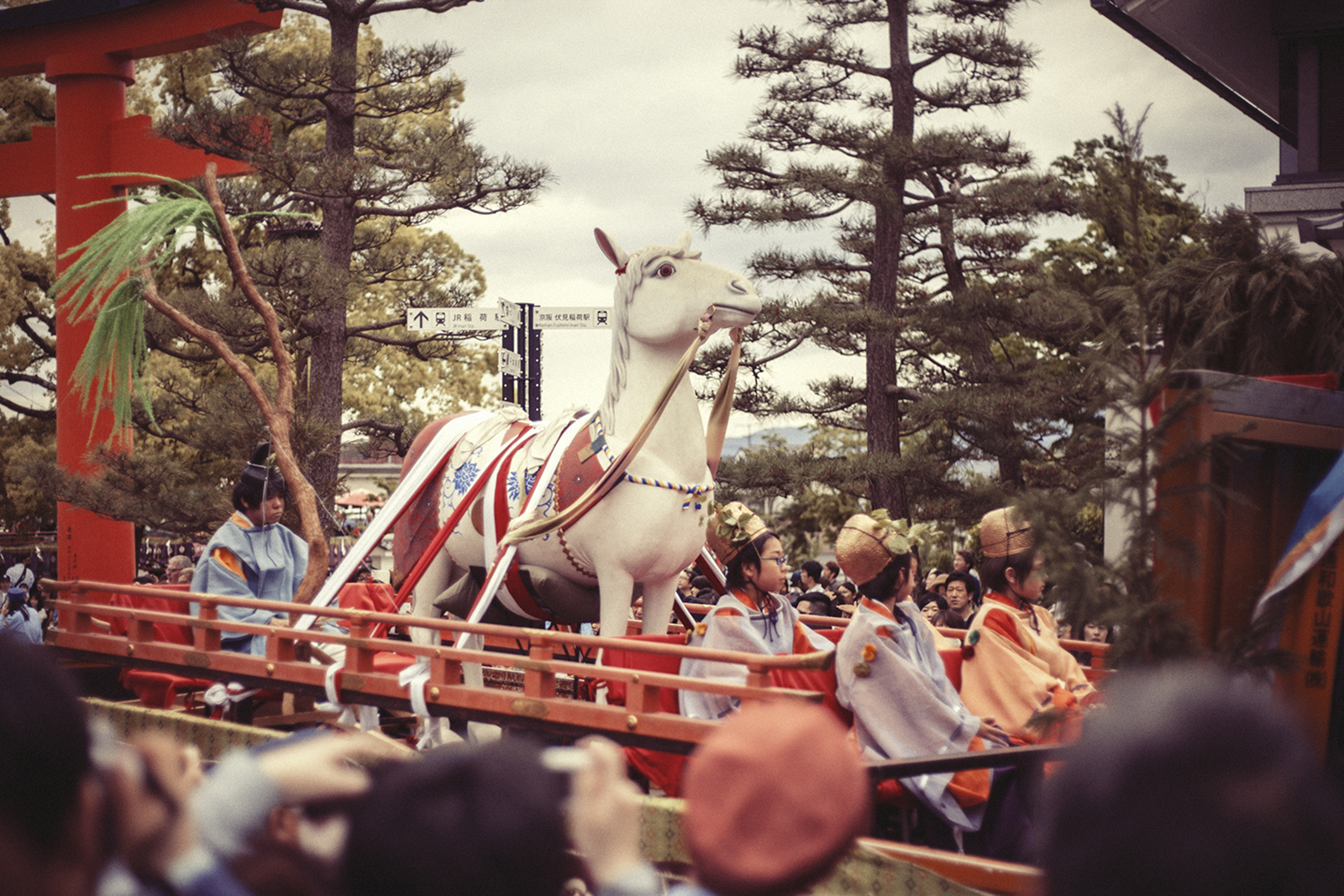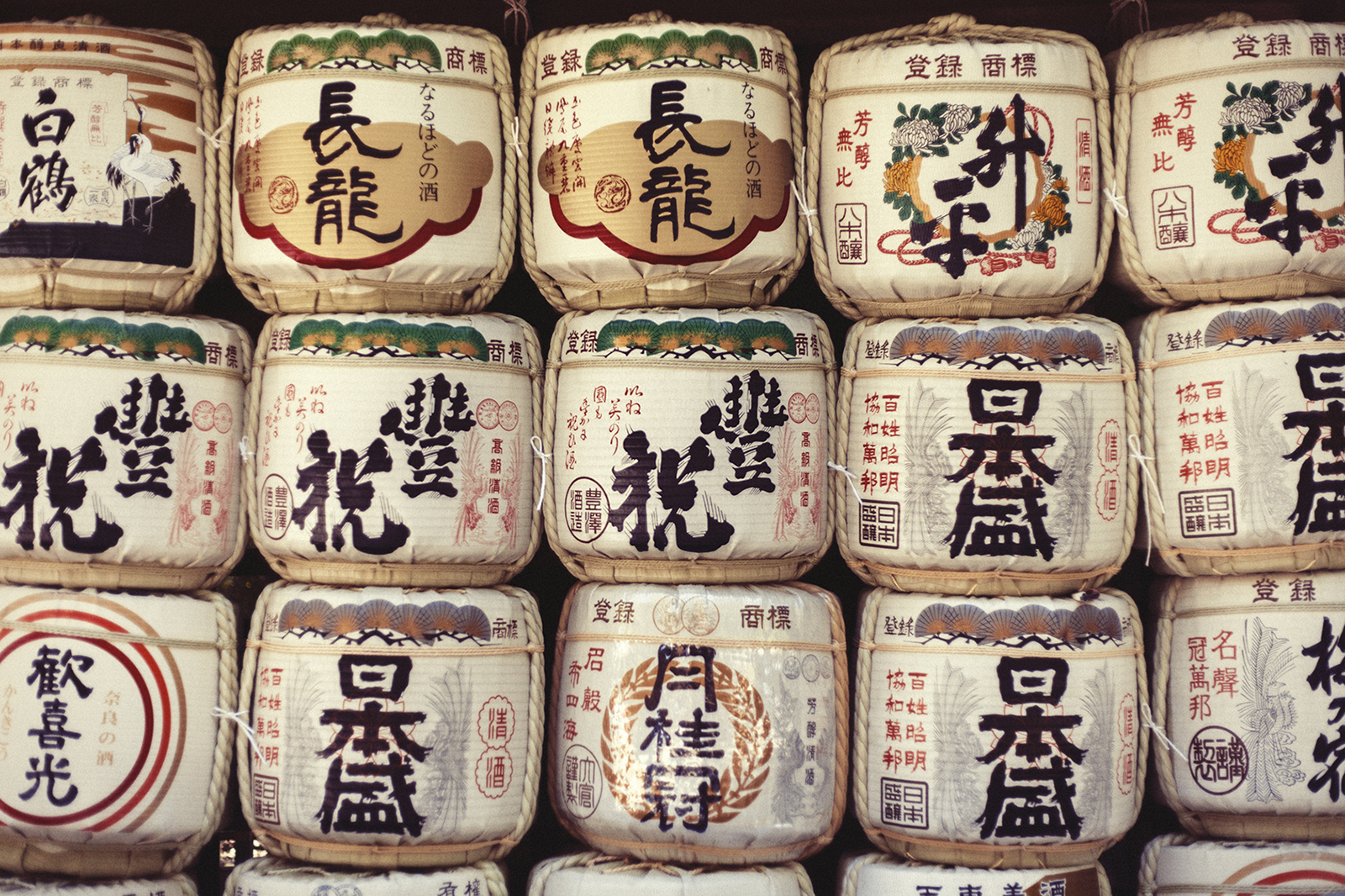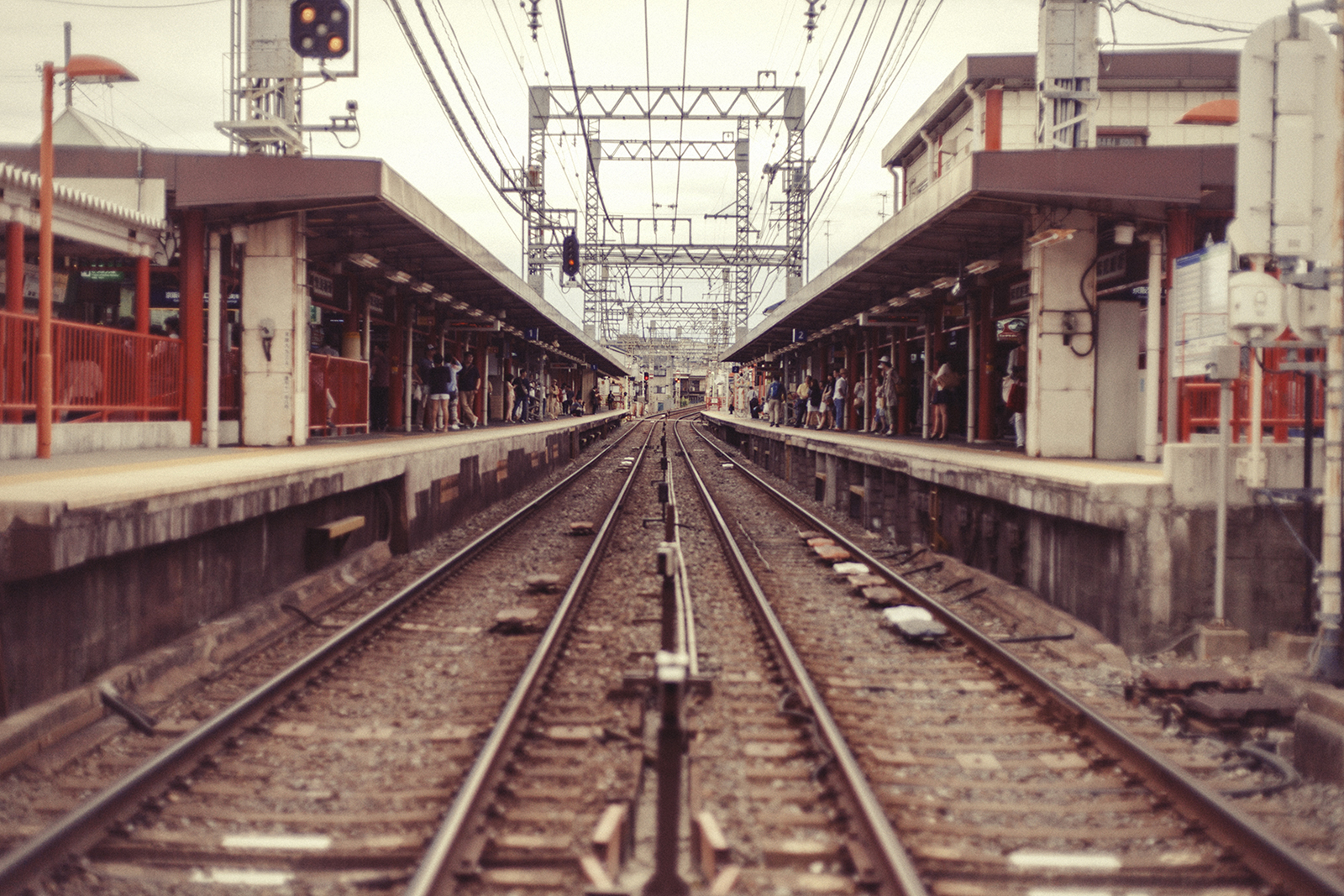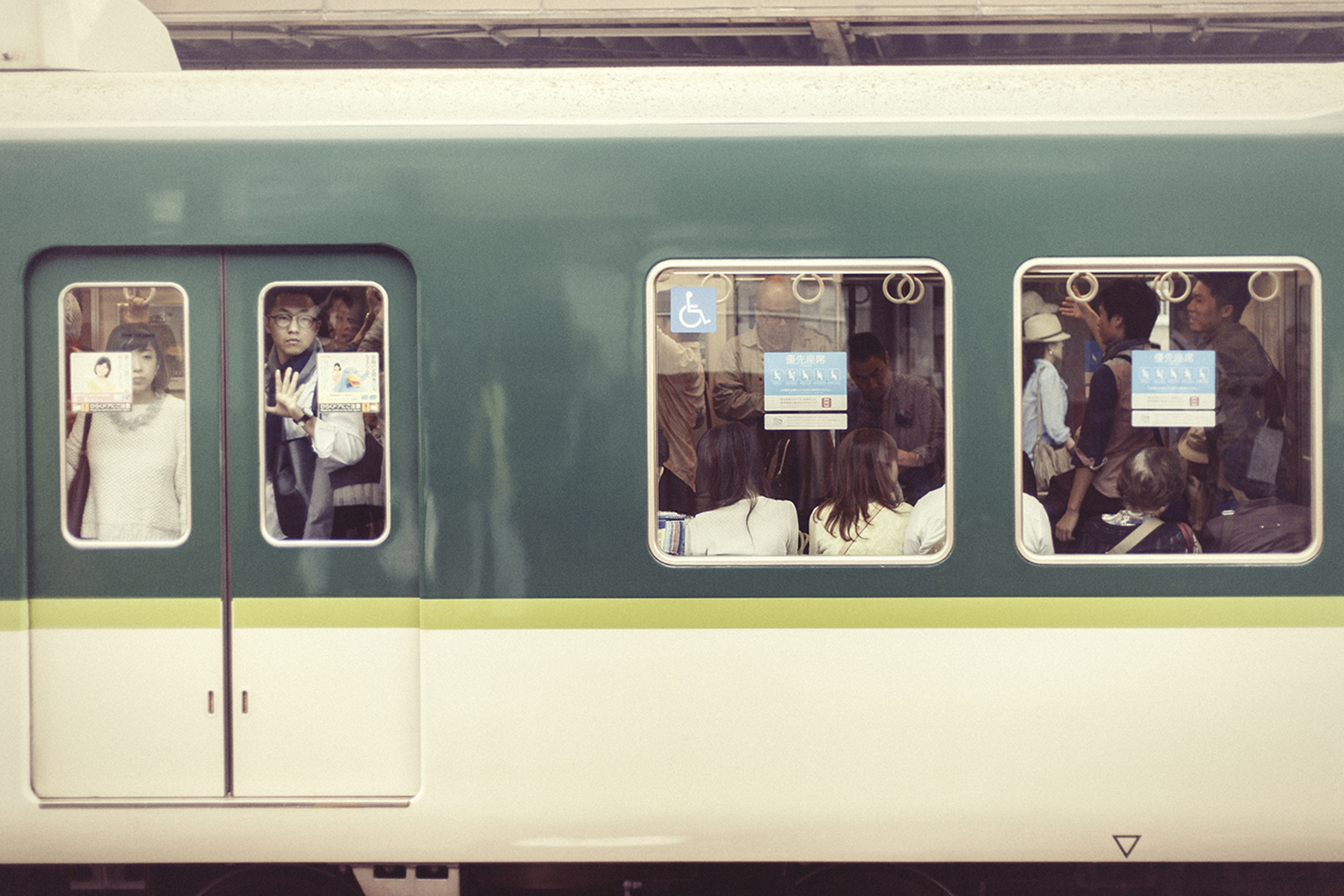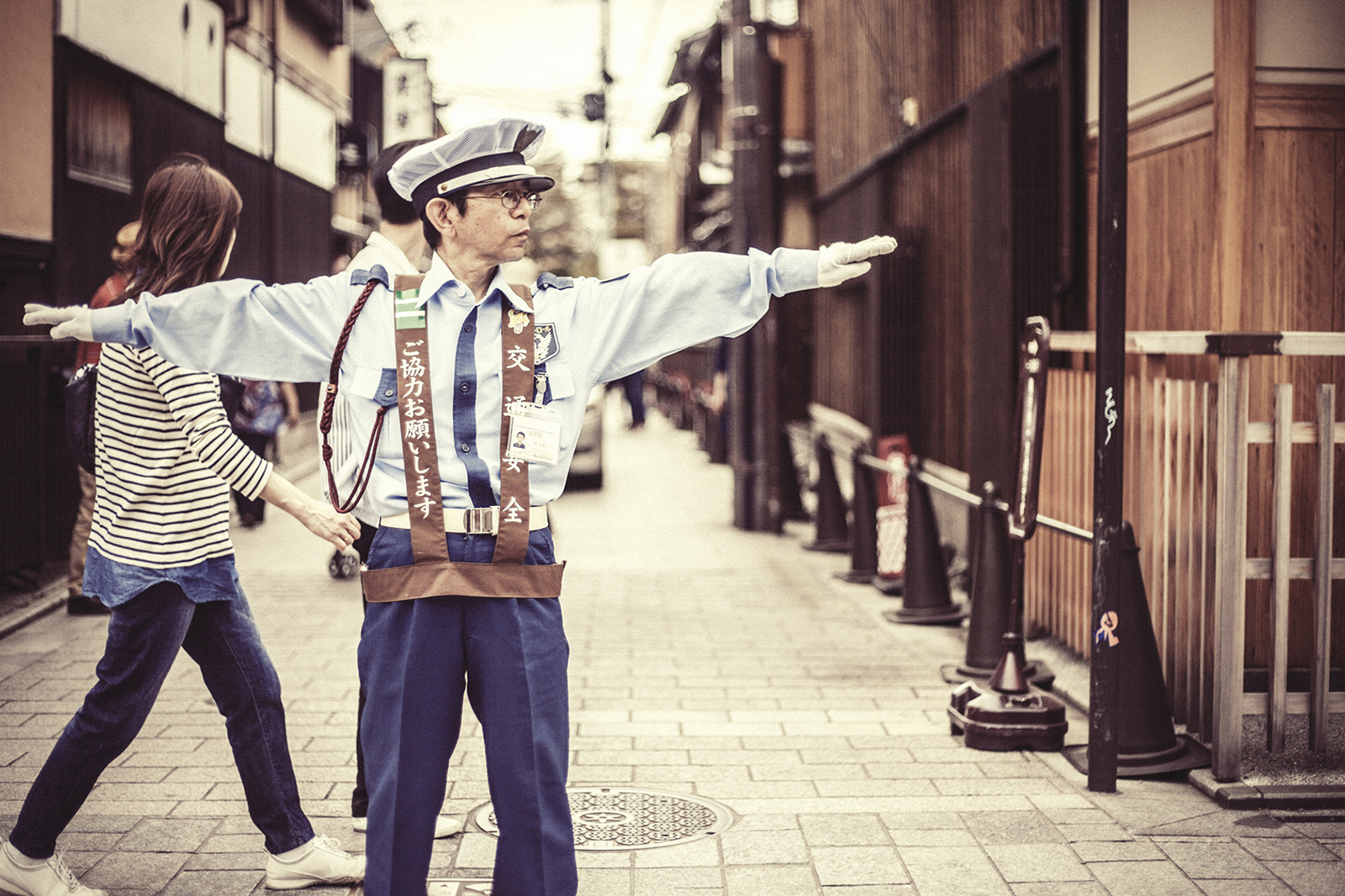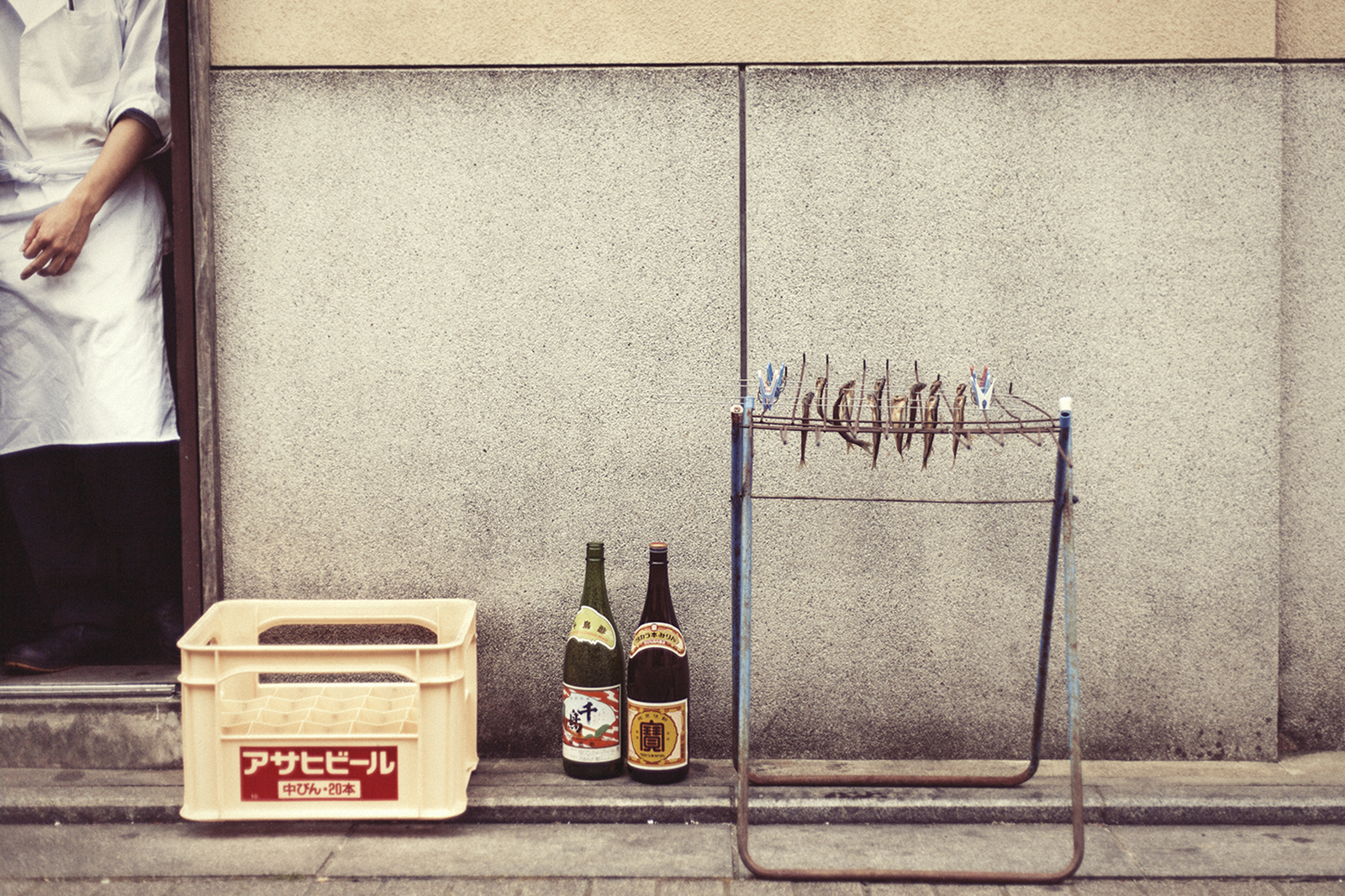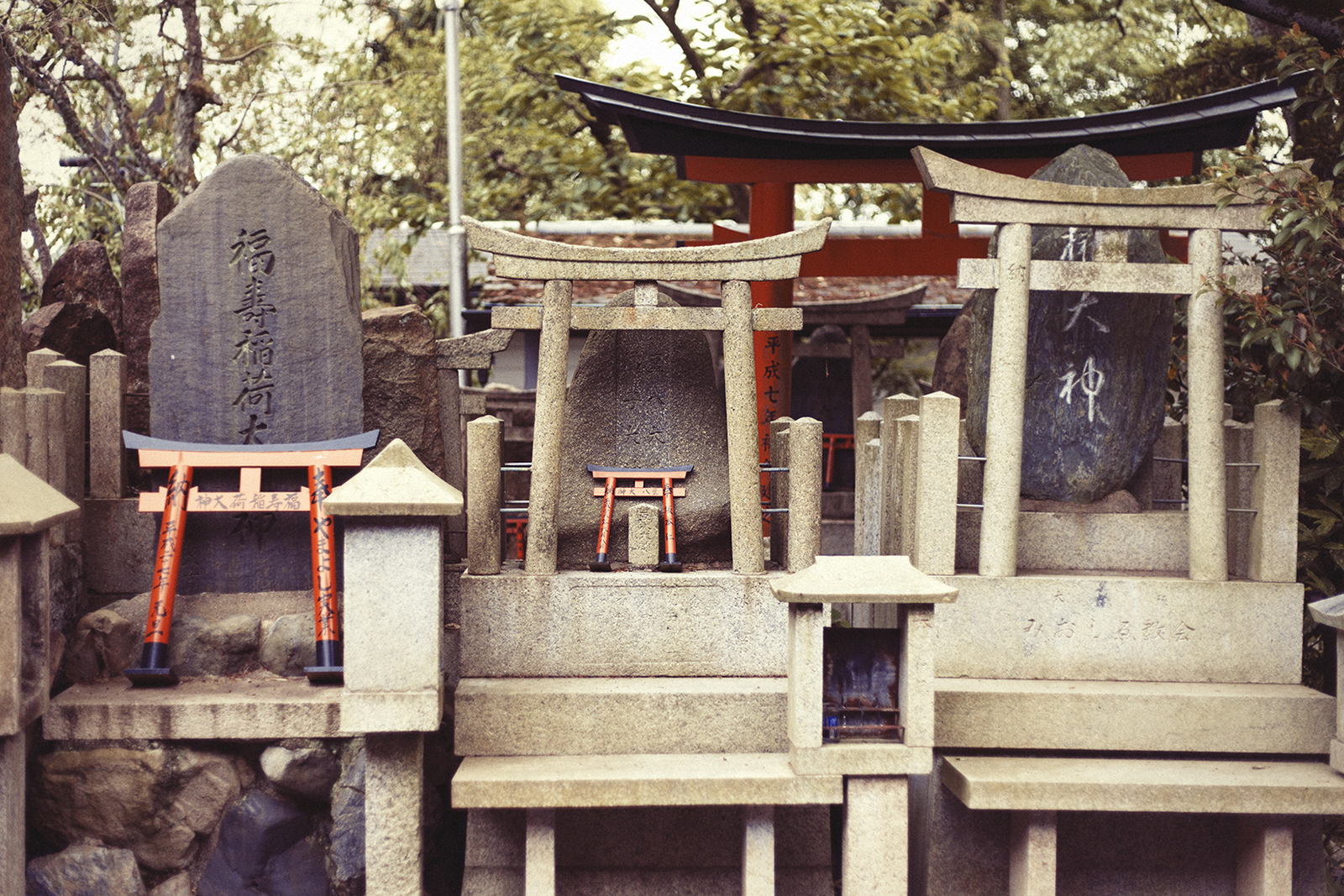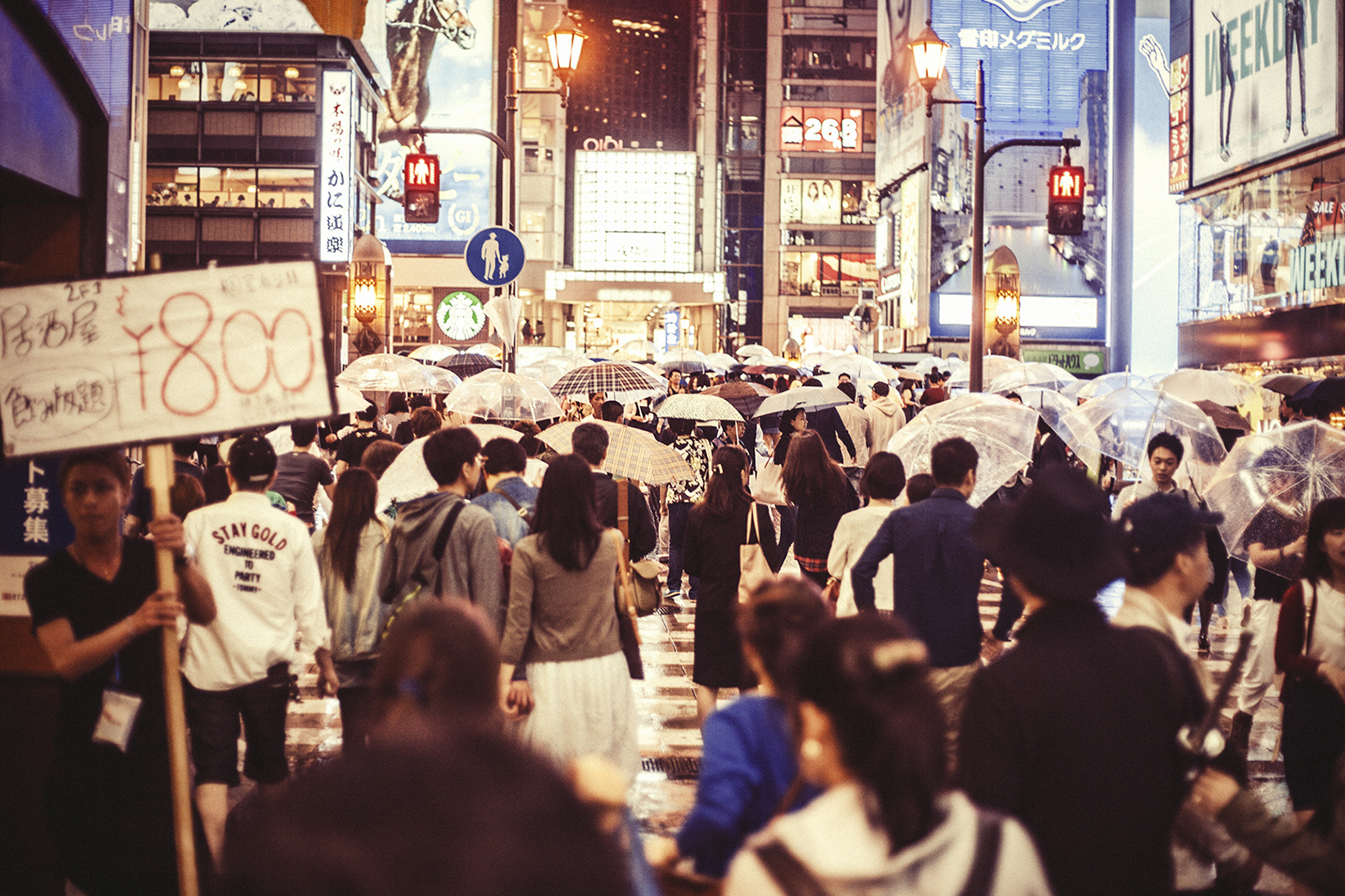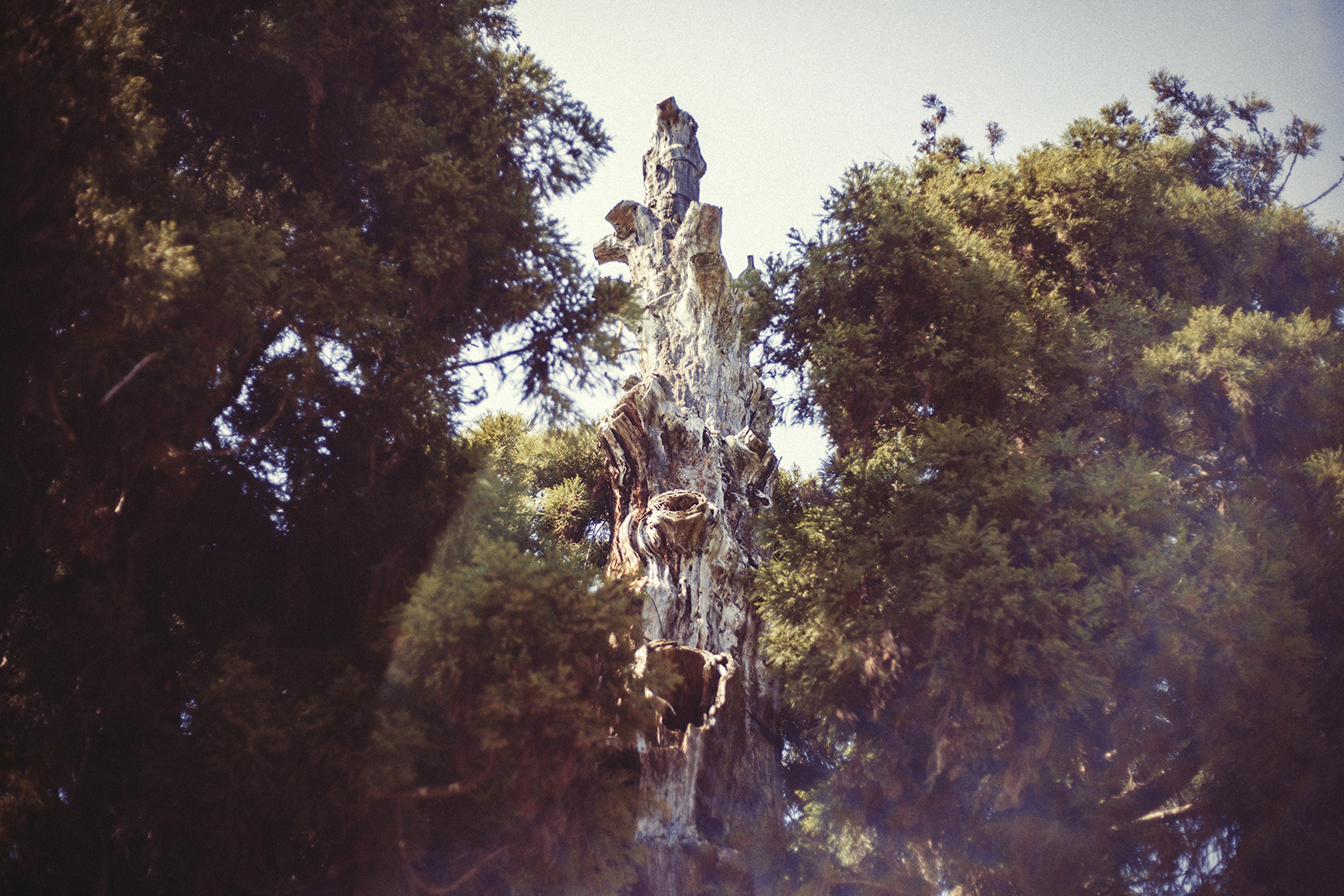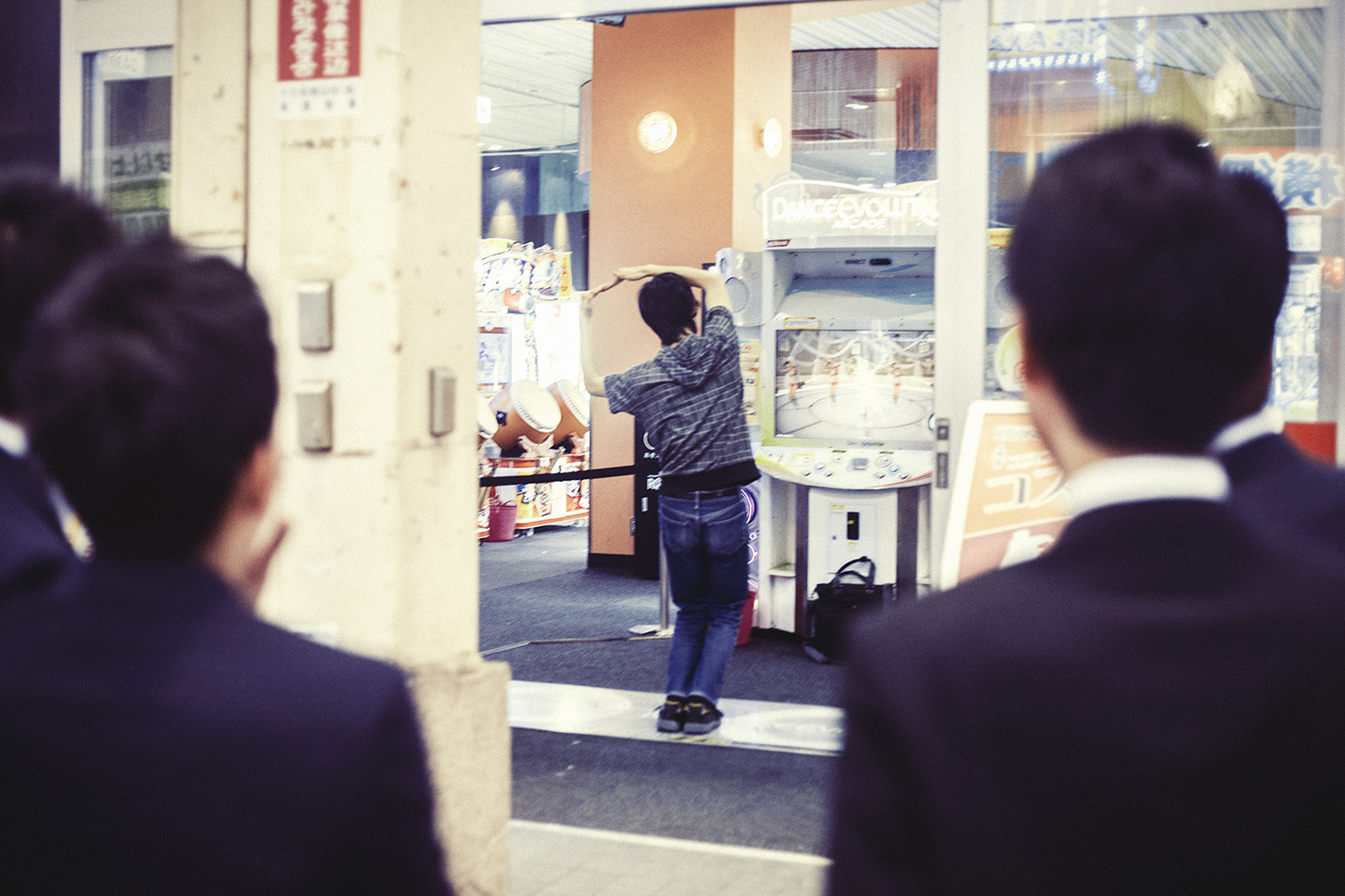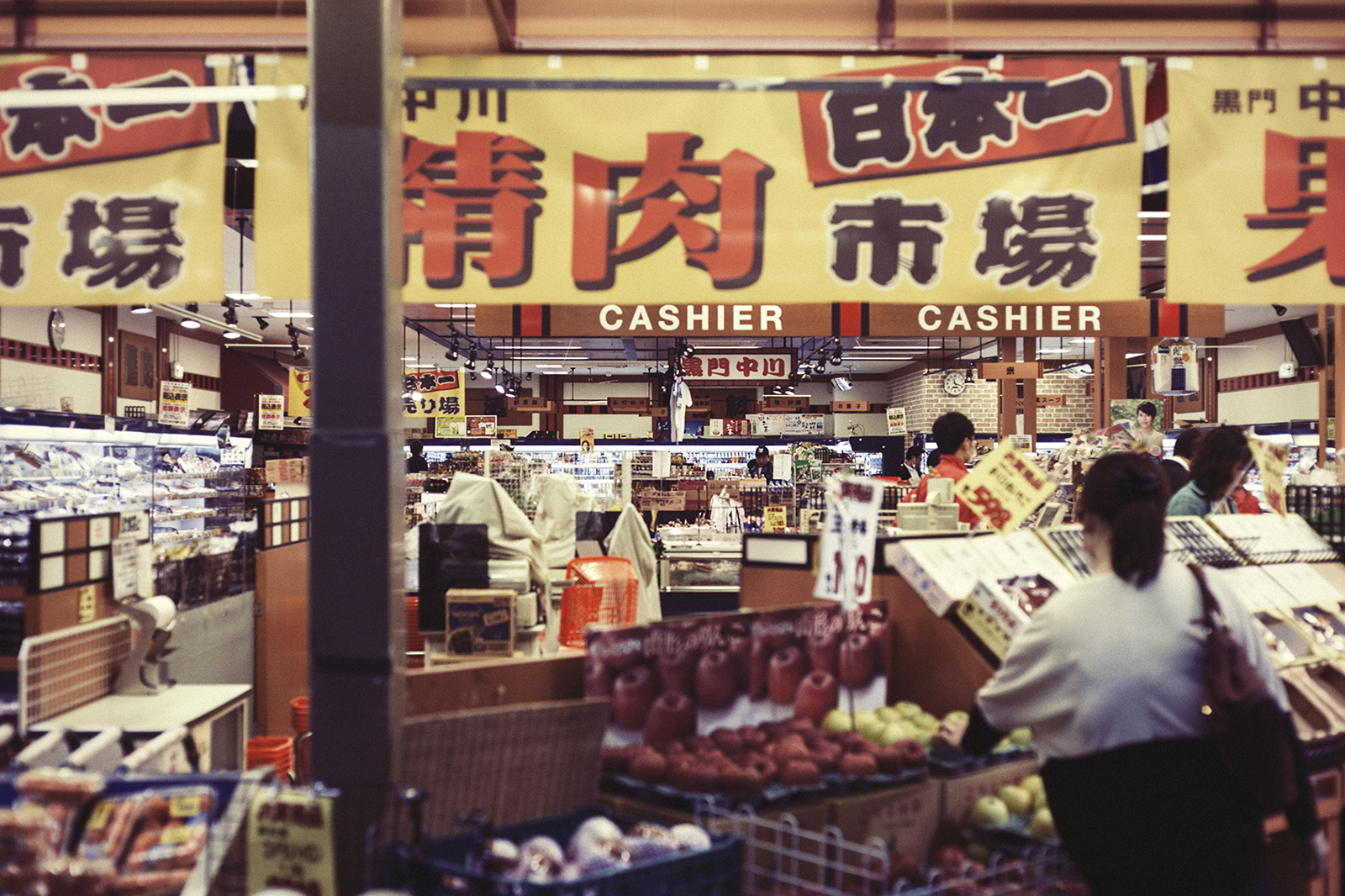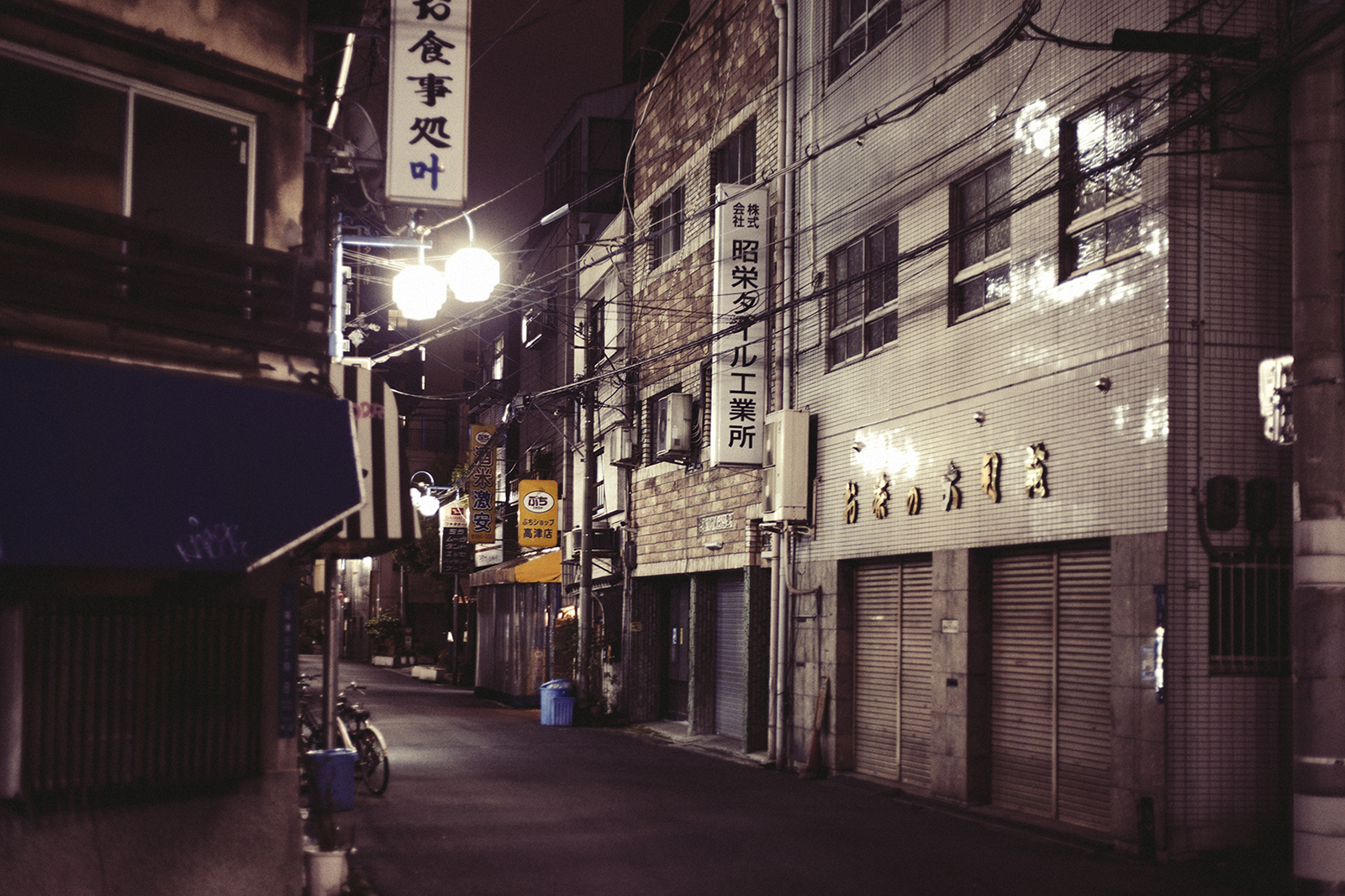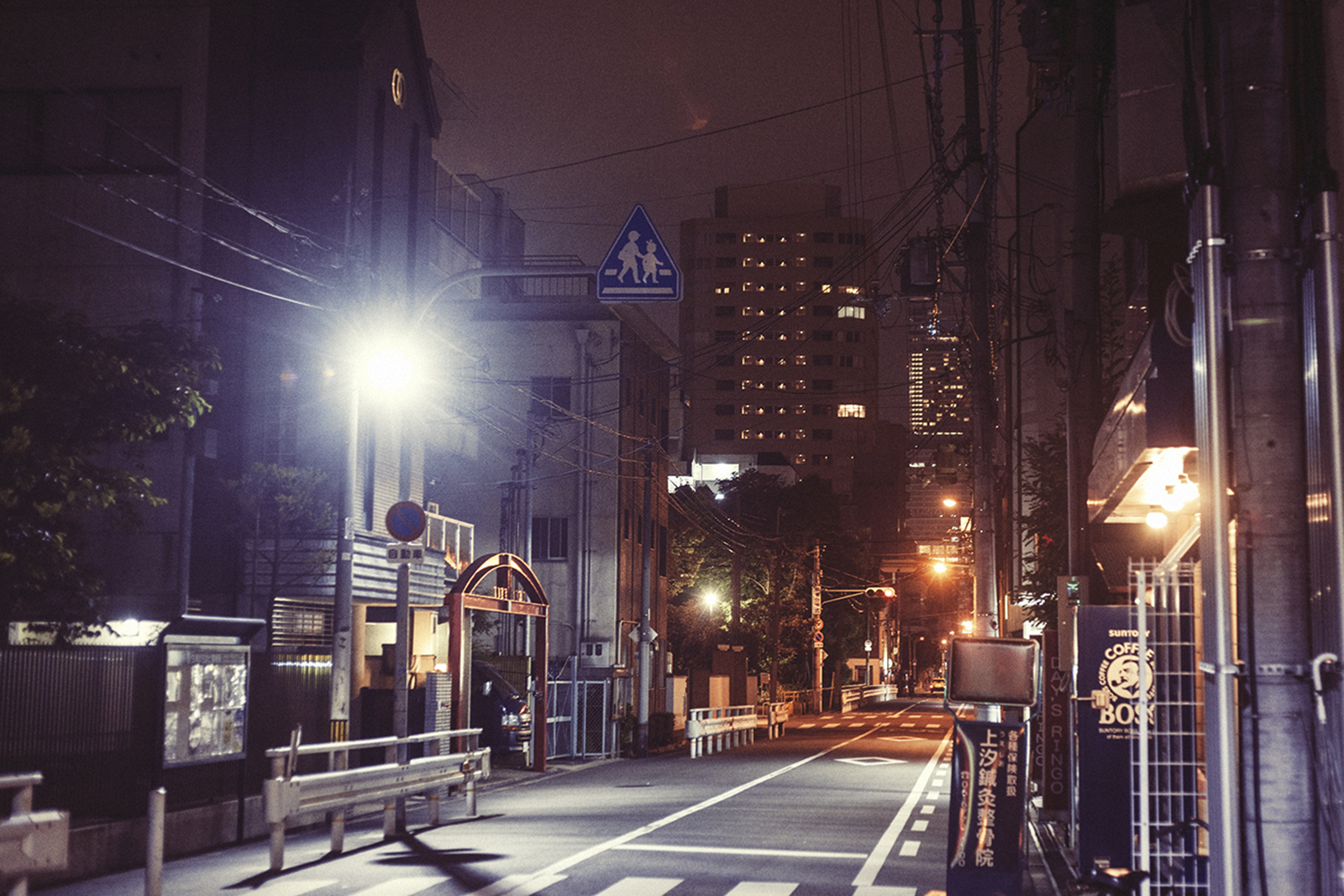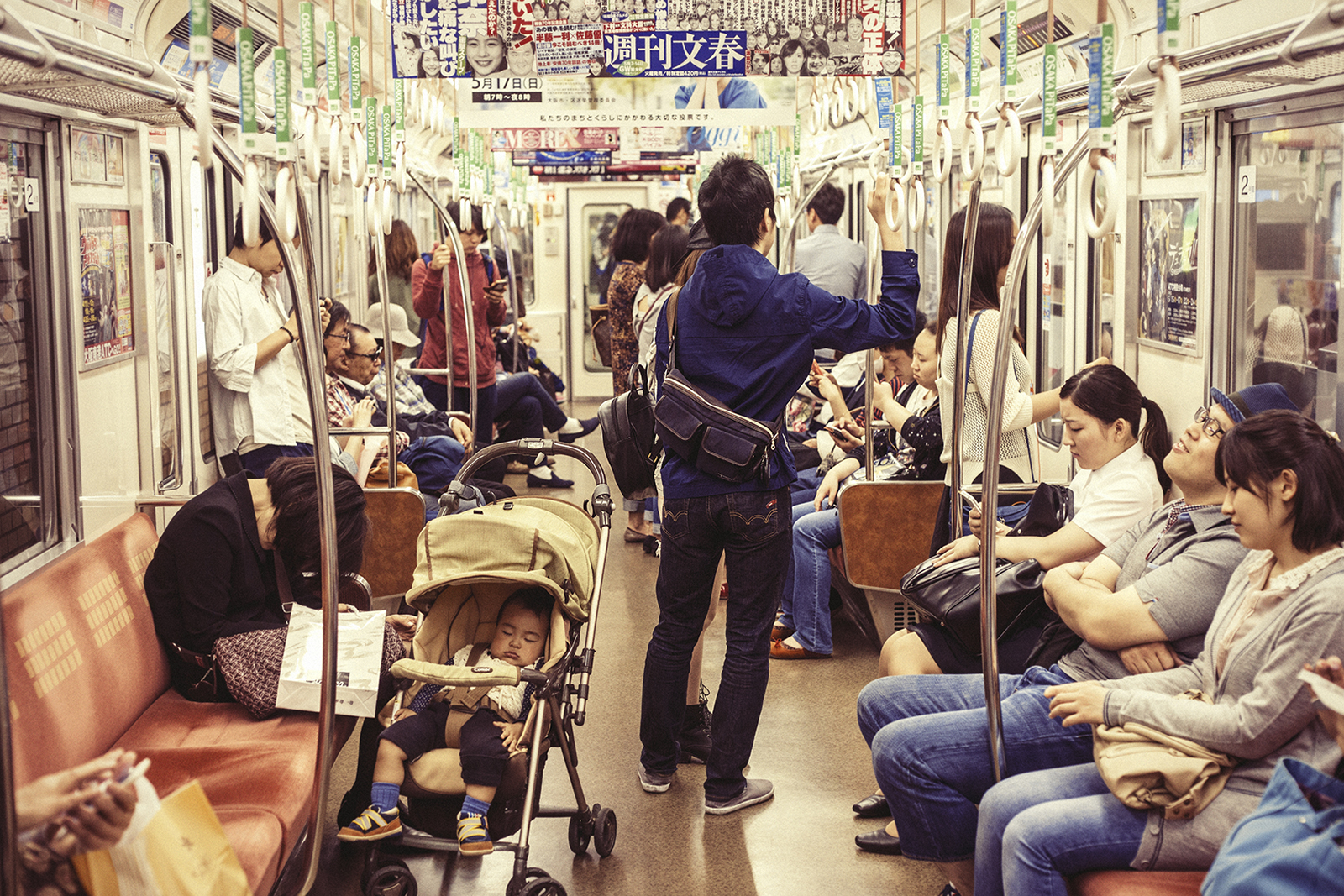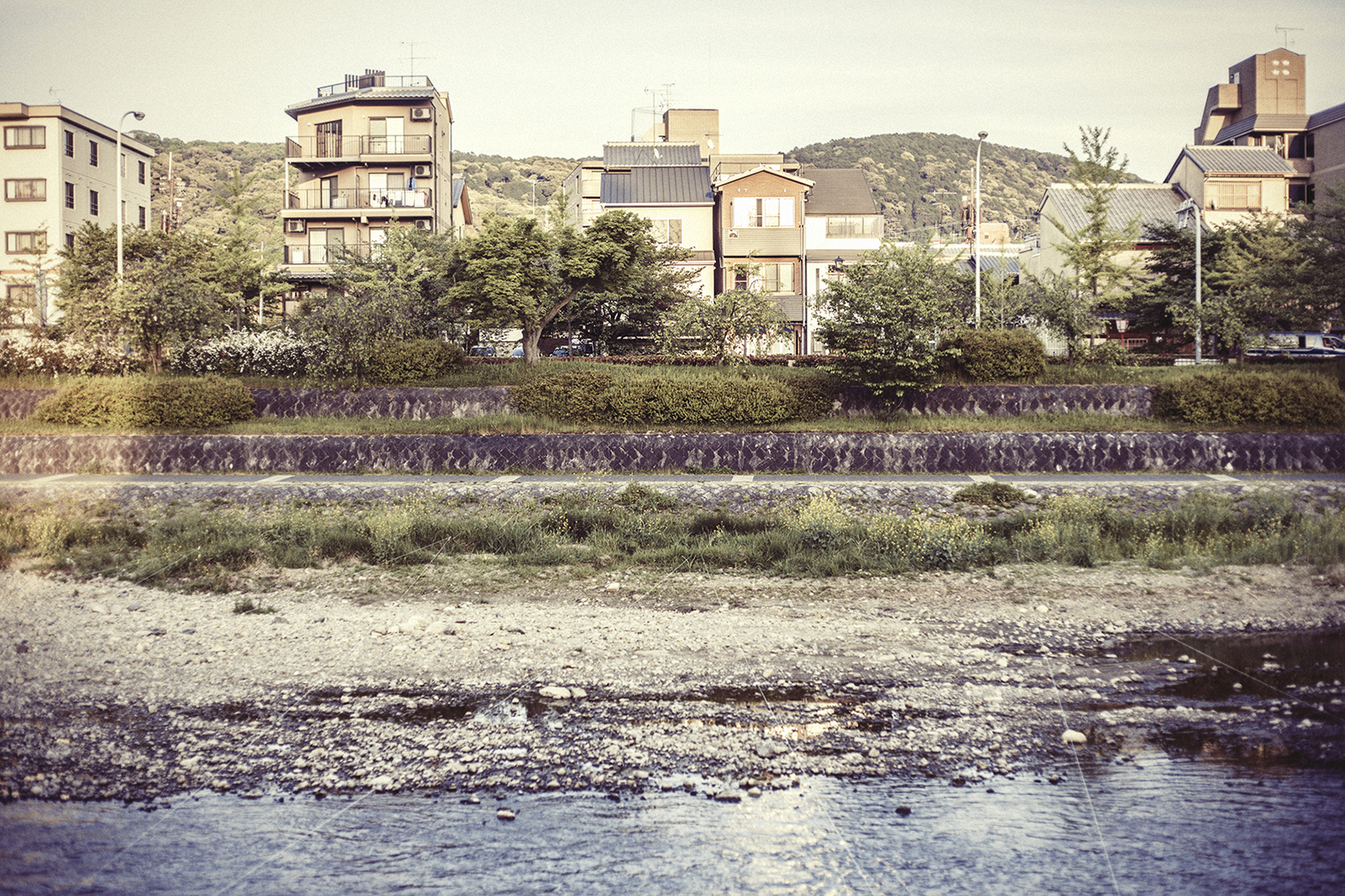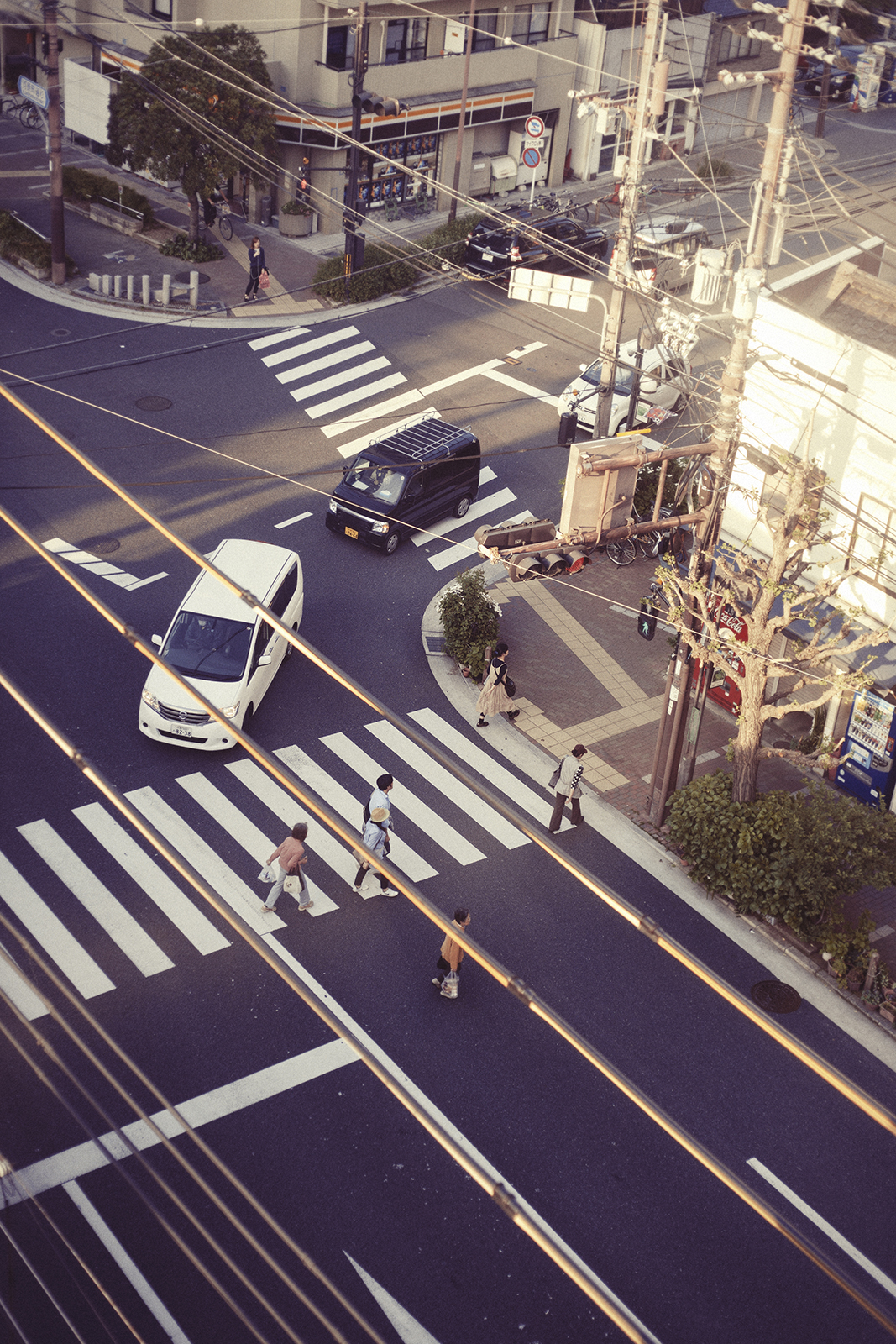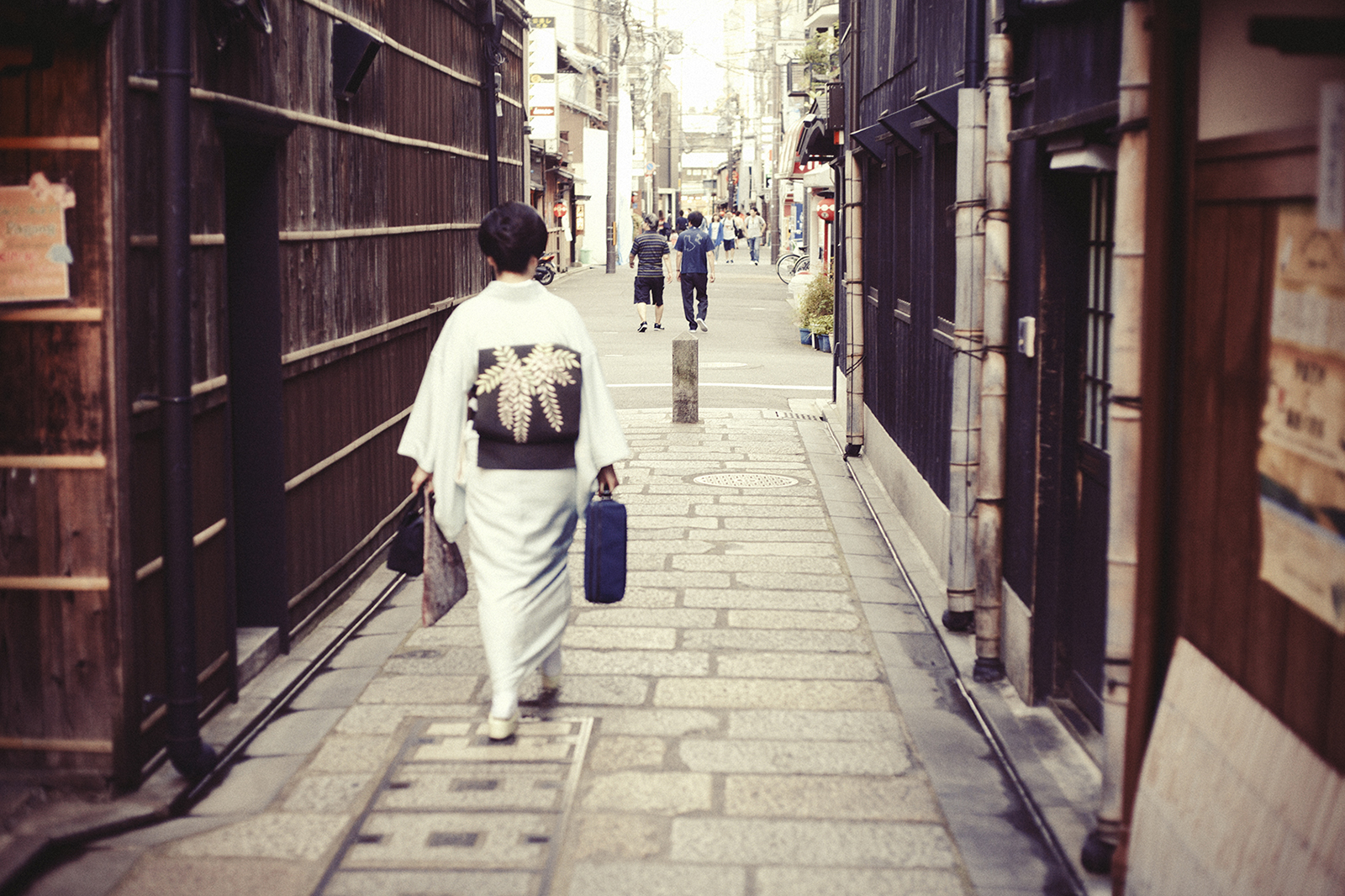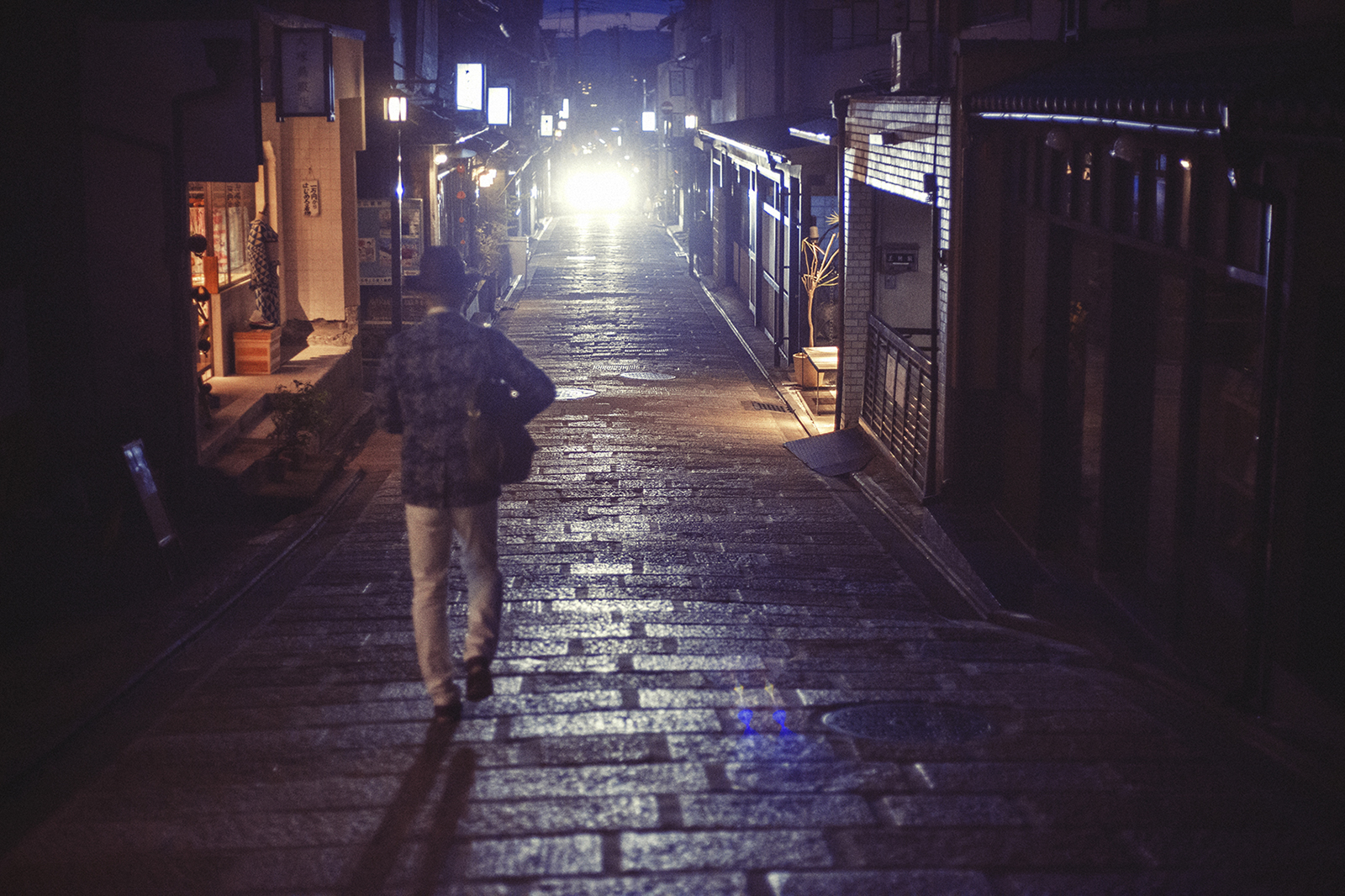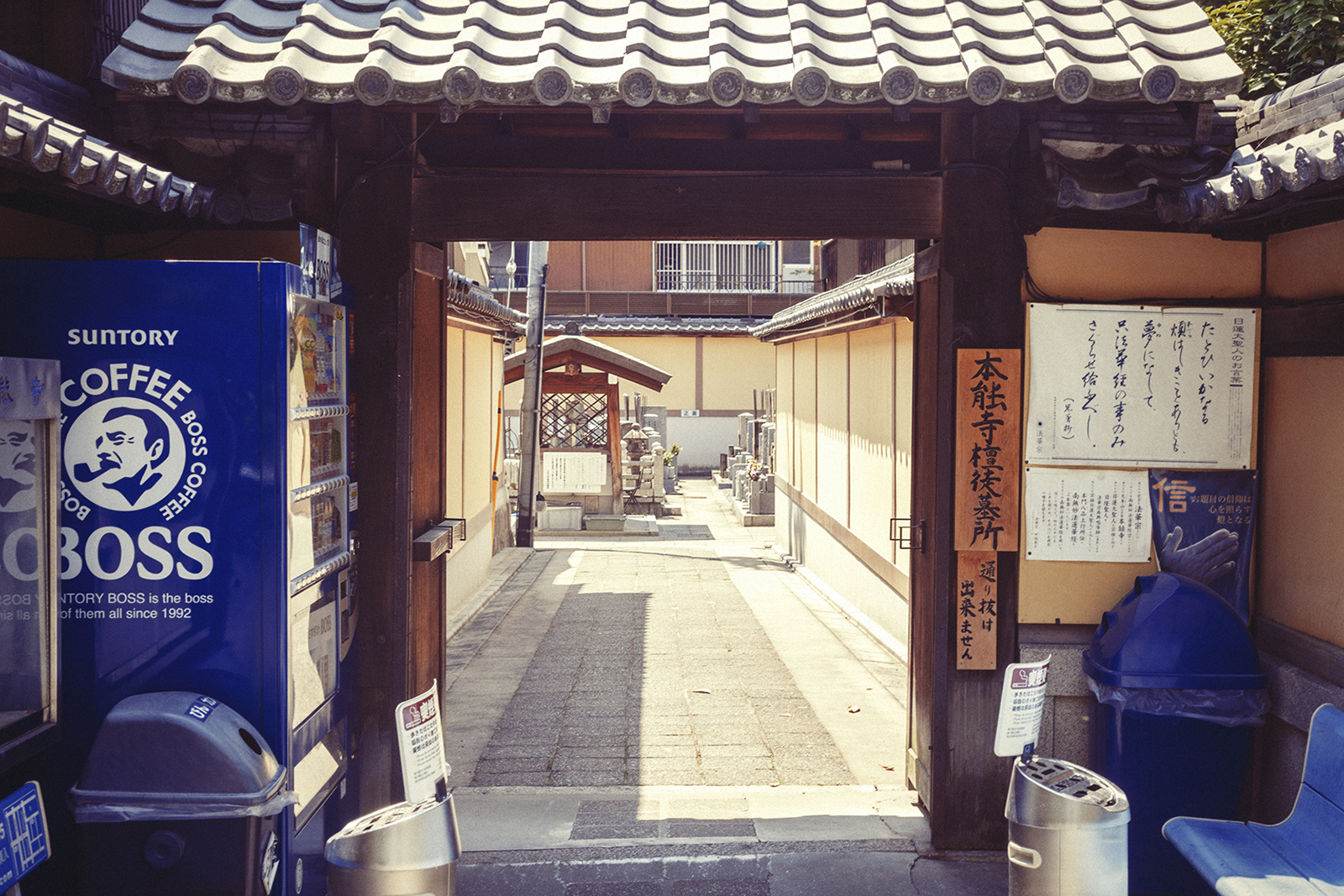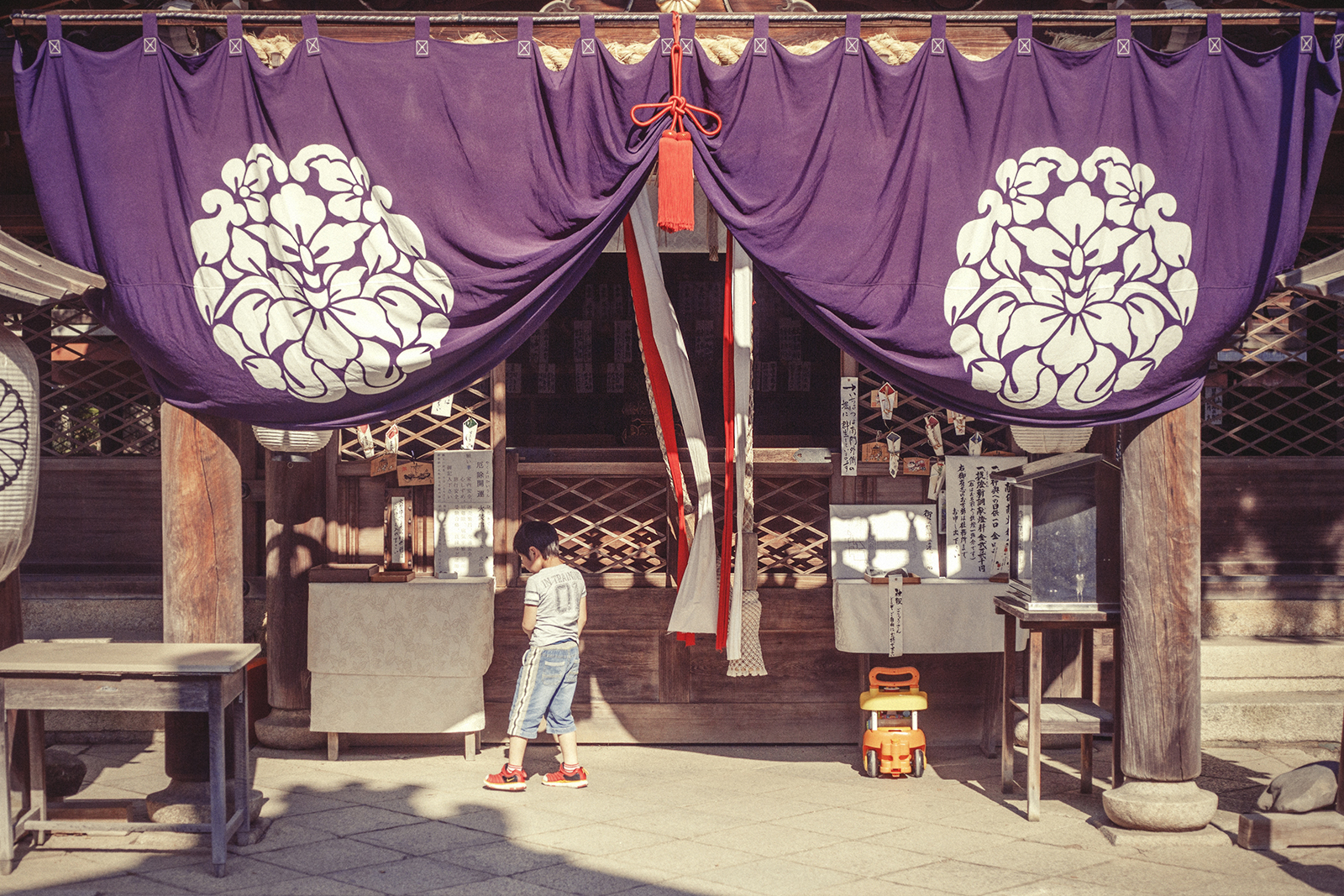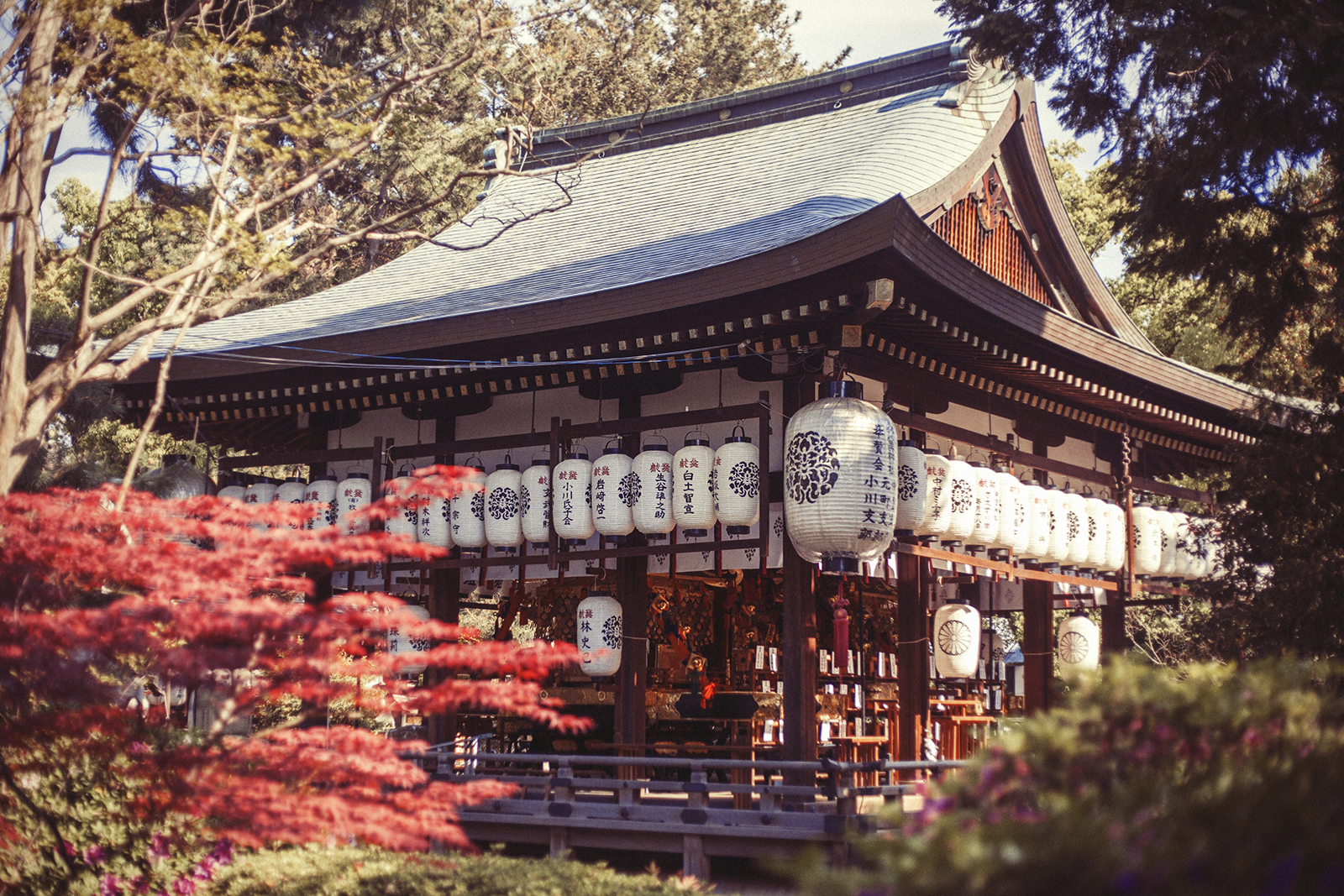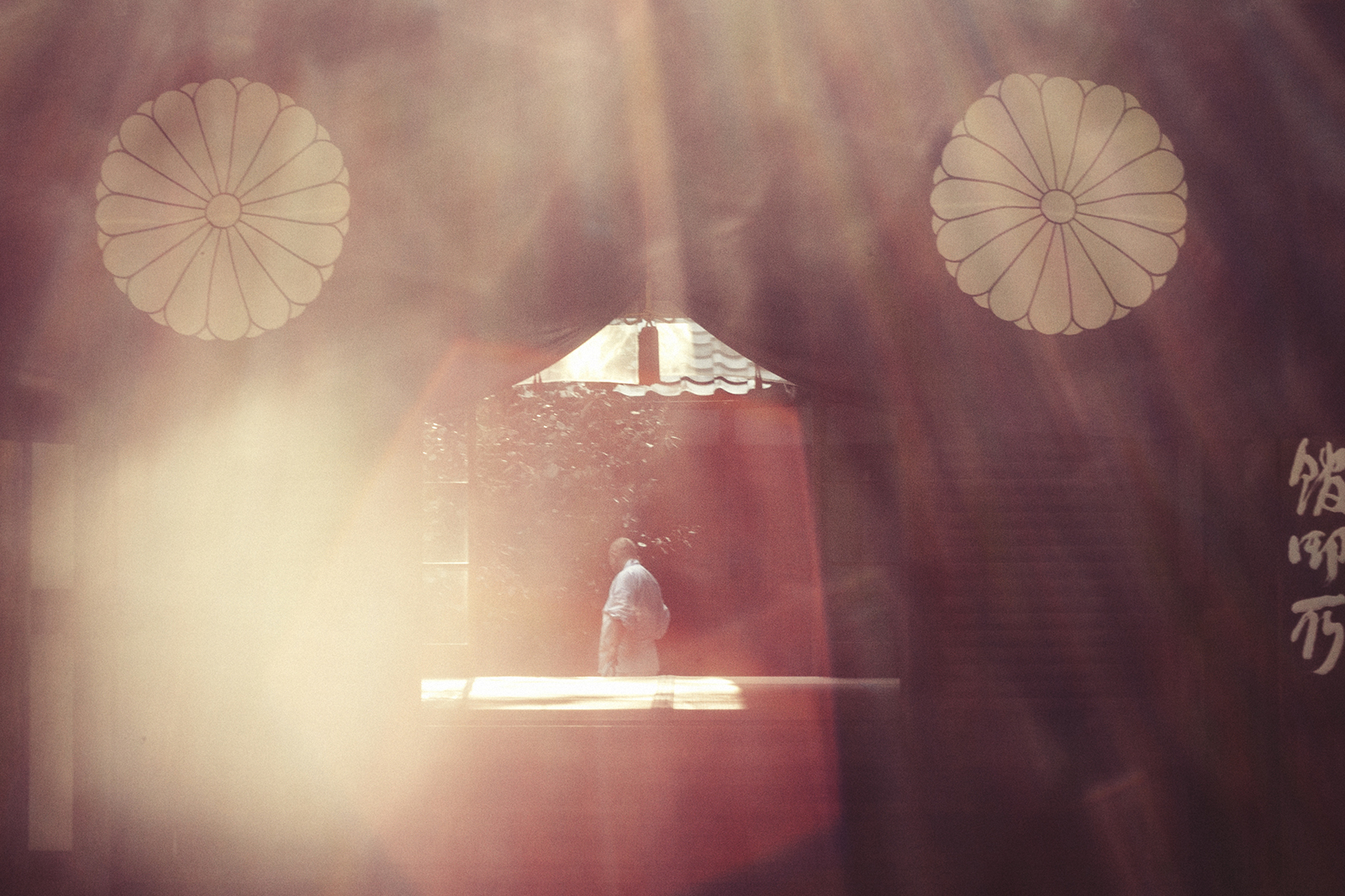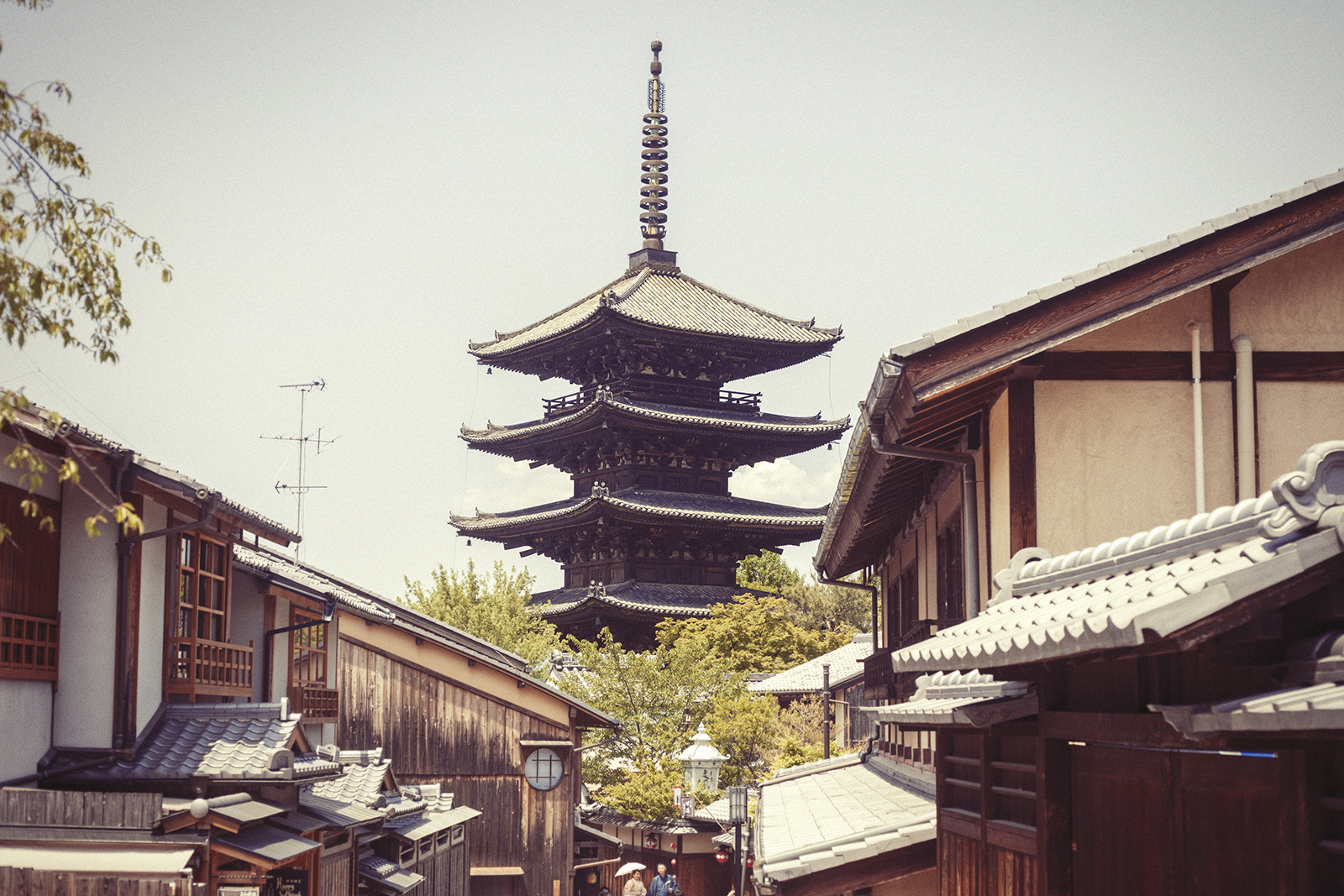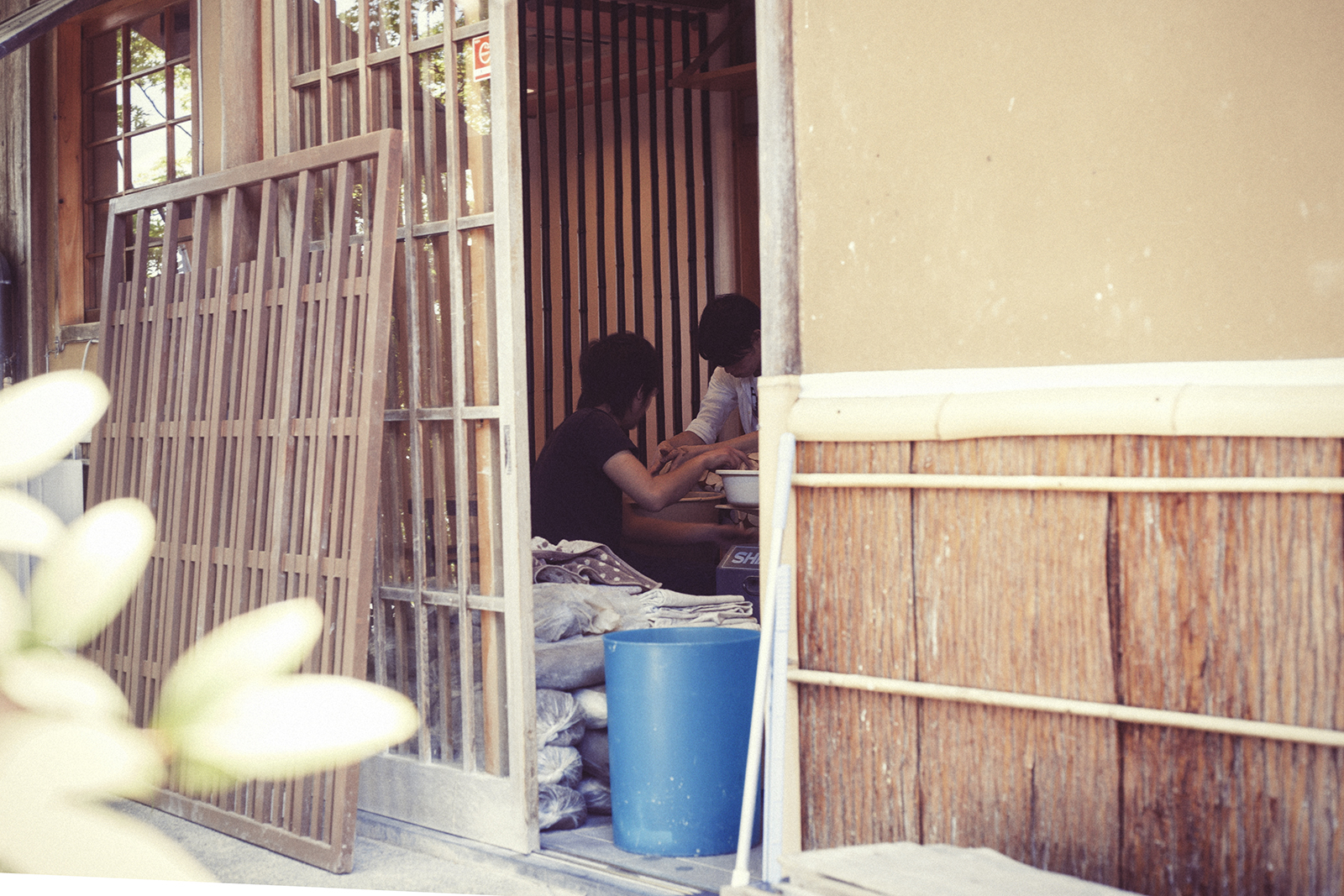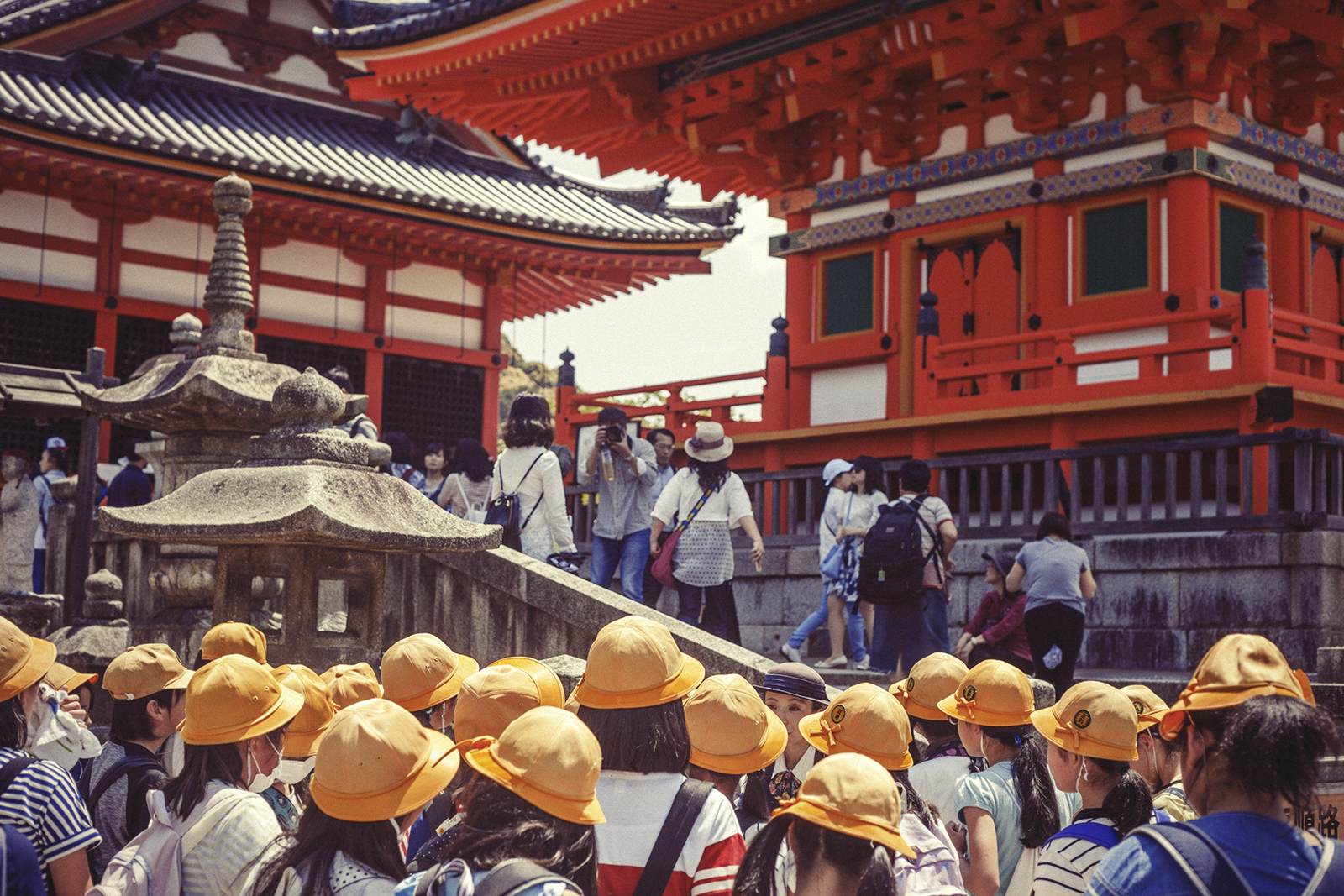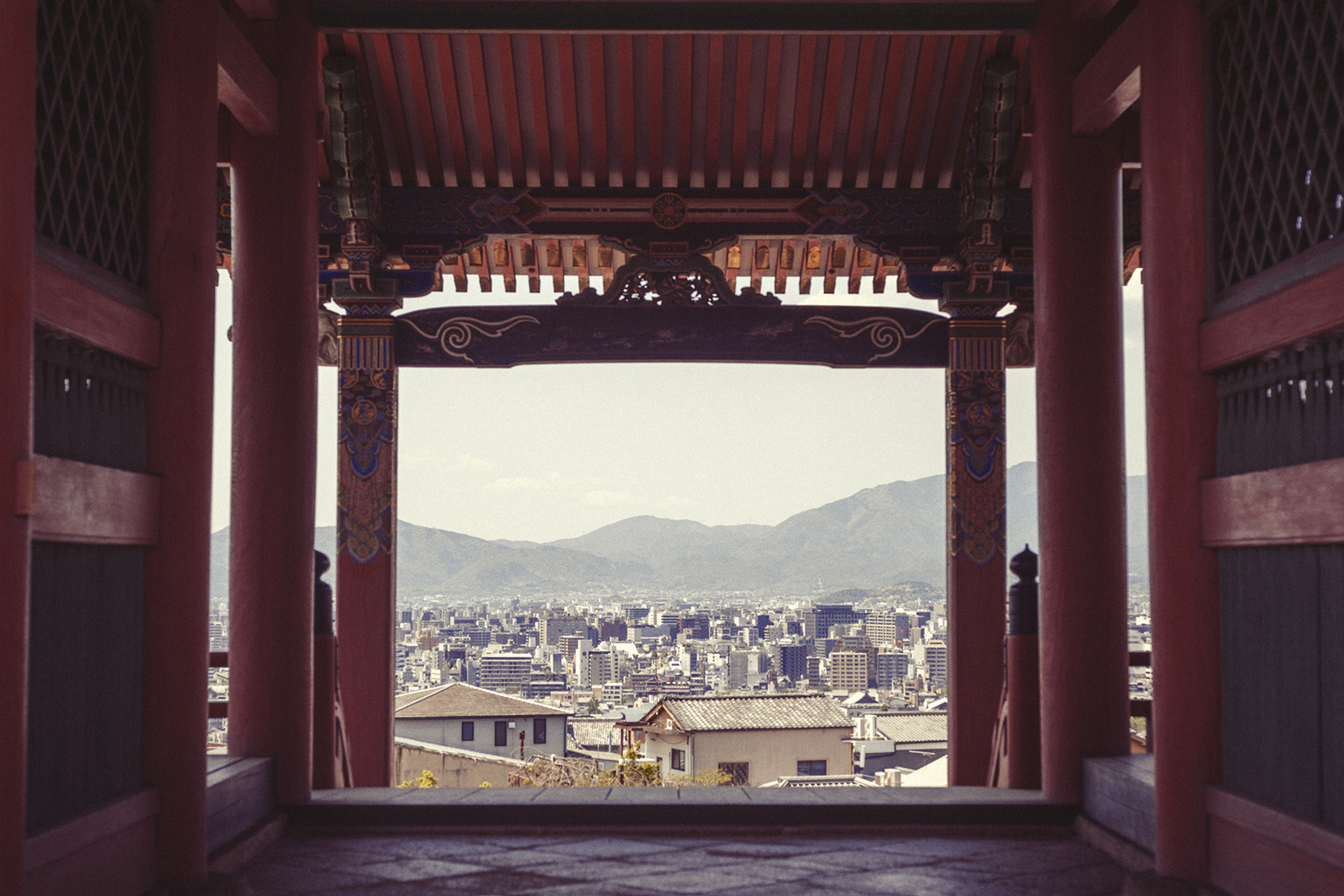The historical centre of the country, it now juggles multiple identities, which make it wonderfully impossible to identify as being one thing or another; for every lacquered bright orange temple with soft gravel and willowy trees, there’s a raucous stretch of neon arcades and animatronic clad restaurants, or a smoky 1920s coffee bar perched on the corner of a shady alley.
When attempting to describe the area, this diversity can throw up complete contradictions; while these elements do not sit directly beside each other, one is not emphasised above the other.
Towering high rises, clad in reflective glass, line pristine wide stretches of pavement. Dark, narrow bars, with room for no more than six people hide behind fabric curtains and deep red lantern light. Grey, grisly ports are surrounded by austere factories with swelling, smoky pillars curling away from pastel painted chimneys. Modest stand up noodle shops sit next to omnipresent convenience stores. Endless lines of school children walk chatting in formation through forest temple grounds. Cyclists holding see through umbrellas weave up long hills, past late night office revellers. Impeccably kept shrines hide in the middle of serene gardens, attended by gardening monks. Old, wooden houses with sliding doors, dark windows, and dried straw charms examine each other over cobbled lanes. Lego box country houses overlook grassy hotchpotch fields. Bent old ladies push their walkers up the streets in full traditional dress, untroubled by the dry, searing sun, bowing and chatting to polite, fresh faced policemen. Suburban railways skate through disorganised suburbs, with barrier crossings momentarily pausing the mangled flow of bicycles and cars.
For me, it’s these sometimes large, and sometimes simple idiosyncrasies that make Japan such an incredible place.
